QuestionHi,
We have been given a small dog to look after and it appears to be wiping its backside on the carpet making a mess,
Is this worms and will she stop it once we worm her?
She has just been spayed last week and she is 3 years old
and we need advice on how to house train her.
Thanks
Denis
New Zealand
AnswerHi Denis in New Zealand,
What your Chihuahua guest is doing is called scooting. Dogs may scoot for several reasons. The most typical is that the dog's anal glands (which are two small sacs on either side of a dog's rectum) may be filled with fluid. They are located at 5-o'clock and 7-o'clock just inside the dog's anus, and sometimes you can look and see that the anal sacs do indeed look very full and might even be bulging out of the anus. Generally, these sacs or glands empty naturally each time the dog defecates, but sometimes for various reasons they don't. If not, filled anal sacs/glands can become infected or impacted and can be very uncomfortable for a dog. As soon as you can, take the dog to a vet to have the anal glands expressed (emptied) if you suspect this might be the cause. If you are interested in learning to do this yourself, it's not difficult and the vet can show you how. It is, however, a, well, stinky business, so be forewarned! For dogs, scooting is a way of relieving the full feeling and the accompanying itch that the filled anal sacs are causing.
In some cases if you see swelling, a wound, or a wet or crusty discharge near his anus, then the anal sac might have become infected or ruptured. If you see any of these symptoms, do obtain an appointment with a vet as soon as you are able. Infected anal glands are serious and need to be flushed with an antiseptic solution and also treated with an antibiotic solution, and a course of oral antibiotics may be prescribed as well. The resulting wound from a ruptured anal gland may even need to be trimmed surgically. Anal glands can be removed altogether, but generally this is not recommended unless a dog has had repeated sac/gland infections.
If the problem is dietary and affecting the dog's stools, you can add more fiber to the dog's diet, therefore bulking up the stool and putting more pressure on those glands to express on their own. If you change the dog's diet, do so gradually over several days as sudden diet changes can make many dogs ill or give them diarrhea. It's best to check with a vet before doing anything on your own.
There is a possibilty too that the cause could be worms, typcially tapeworms. If your dog has intestinal tapeworms, or if you suspect she does, look for telltale little whitish droppings about one-third to two-thirds of an inch long wiggling around on her stool, on her bottom, or in her bed. To many people they look like white rice. If you see these whitish droppings, you are seeing the tapeworm egg packets, not the tapeworms themselves, which exit the body via the anus. Tapeworm egg packets on a dog's bottom are - surprise, surprise! - very itchy, which is why dogs scoot their bottoms along the floor in an attempt to relieve the itch and discomfort. If you see the egg packets, put some in a sterile container or baggy and have a vet confirm that these are tapeworm egg packets.
If your vet diagnoses tapeworms, treatment of tapeworms is not difficult. First, you'll need to make sure that your home and all animals in your home are flea-free, since fleas transmit tapeworms. Your vet will probably prescribe a prescription de-wormer for tapeworms, Droncit or Cestex. The de-wormers typically given to pups and kittens for roundworms dont stop tapeworms, nor do the once monthly heartworm pills, so if the dog has been on any medicine or preventative for roundworm or for heartworm she can still have tapeworms.
Last, allergies, adverse reactions to foods or other environmental factors, skin infections, or a bout of diarrhea can make a dogs bottom sore or itchy and cause the scooting. Dogs can be allergic to or sensitive to pollen, mold spores and some foods. Some dogs may have reactions to their shampoo, to fragrances used in grooming, and sometimes even to fragrance or fabric softeners used in laundering their bedding, or your bedding if they sleep on your bed.
So, these are the possibilities that are the most typical. I hope these help, and please let me know what the results are if you find out the cause of the scooting!
Best of luck,
Madeline, NY-NJDogTrainer

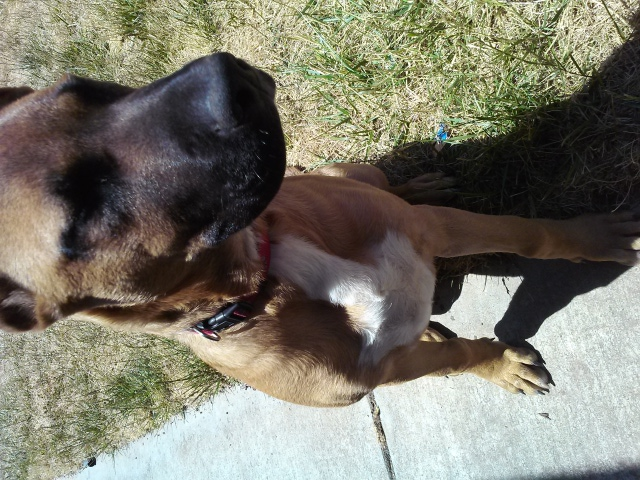 dog breed unknown
Question
dog breed unknown dog breed unknown &nbs
dog breed unknown
Question
dog breed unknown dog breed unknown &nbs
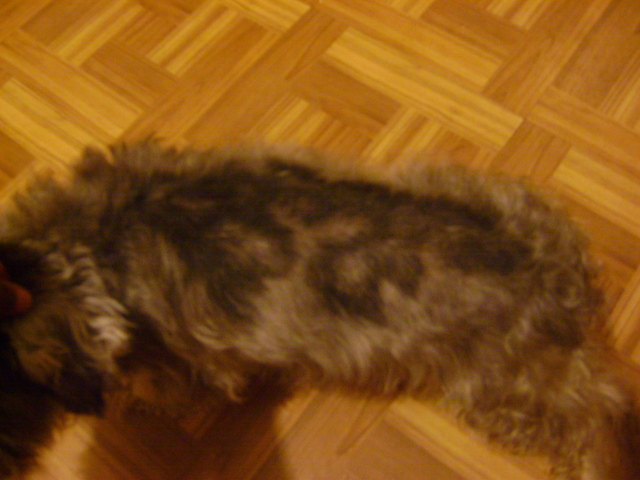 Thining hair on back/back hair darkening
Question
Dogs Back
Please Help!
I have a 4 year miniatu
Thining hair on back/back hair darkening
Question
Dogs Back
Please Help!
I have a 4 year miniatu
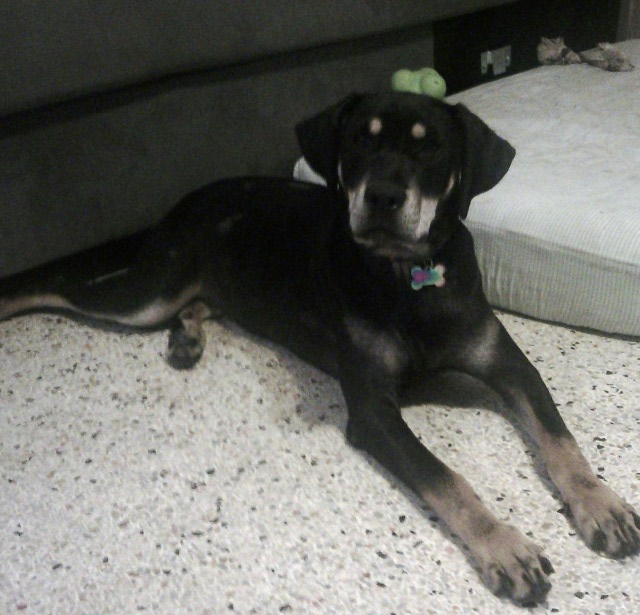 weird hair loss on my curr mix
Question
cuddles
ive seen other questions about
weird hair loss on my curr mix
Question
cuddles
ive seen other questions about
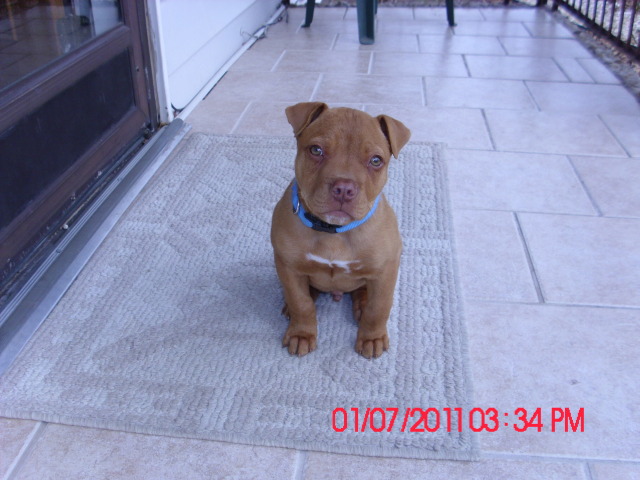 puppy medical concerns
Question
Rusty
my 11 week old red nose pit bull at time
puppy medical concerns
Question
Rusty
my 11 week old red nose pit bull at time
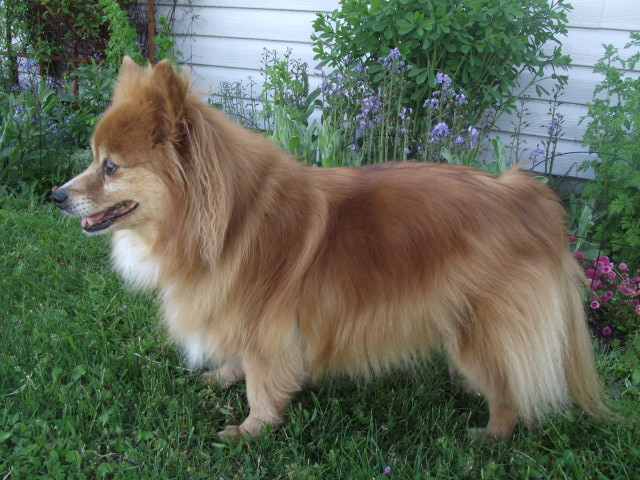 Shaving a Pomeranian
Question
Brandy my Pomeranian!
I have a few ques
Shaving a Pomeranian
Question
Brandy my Pomeranian!
I have a few ques